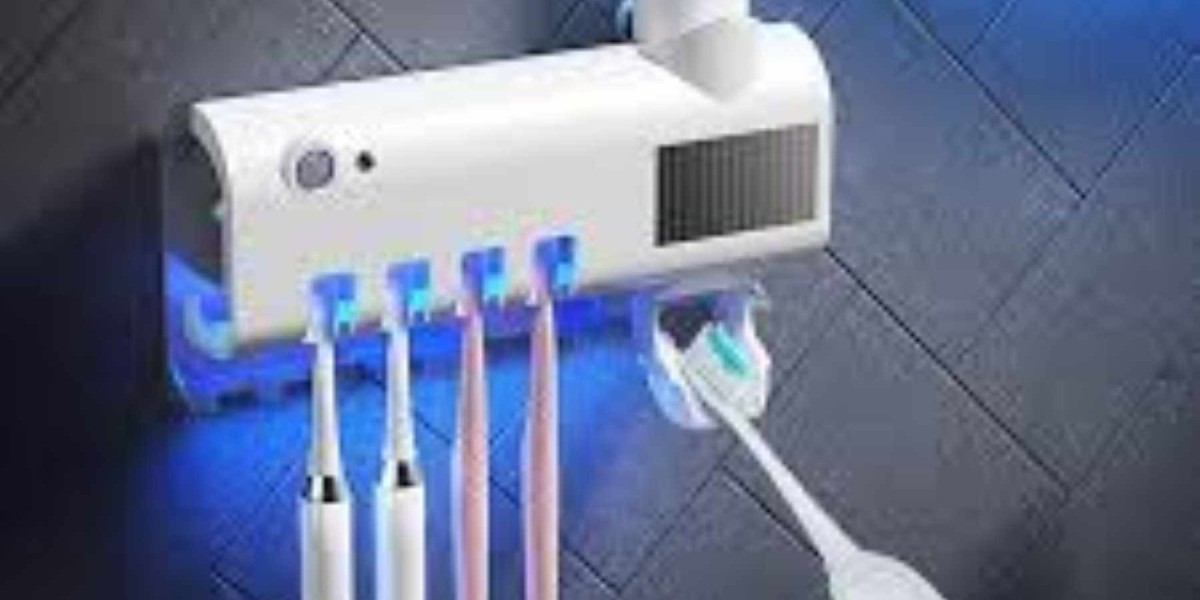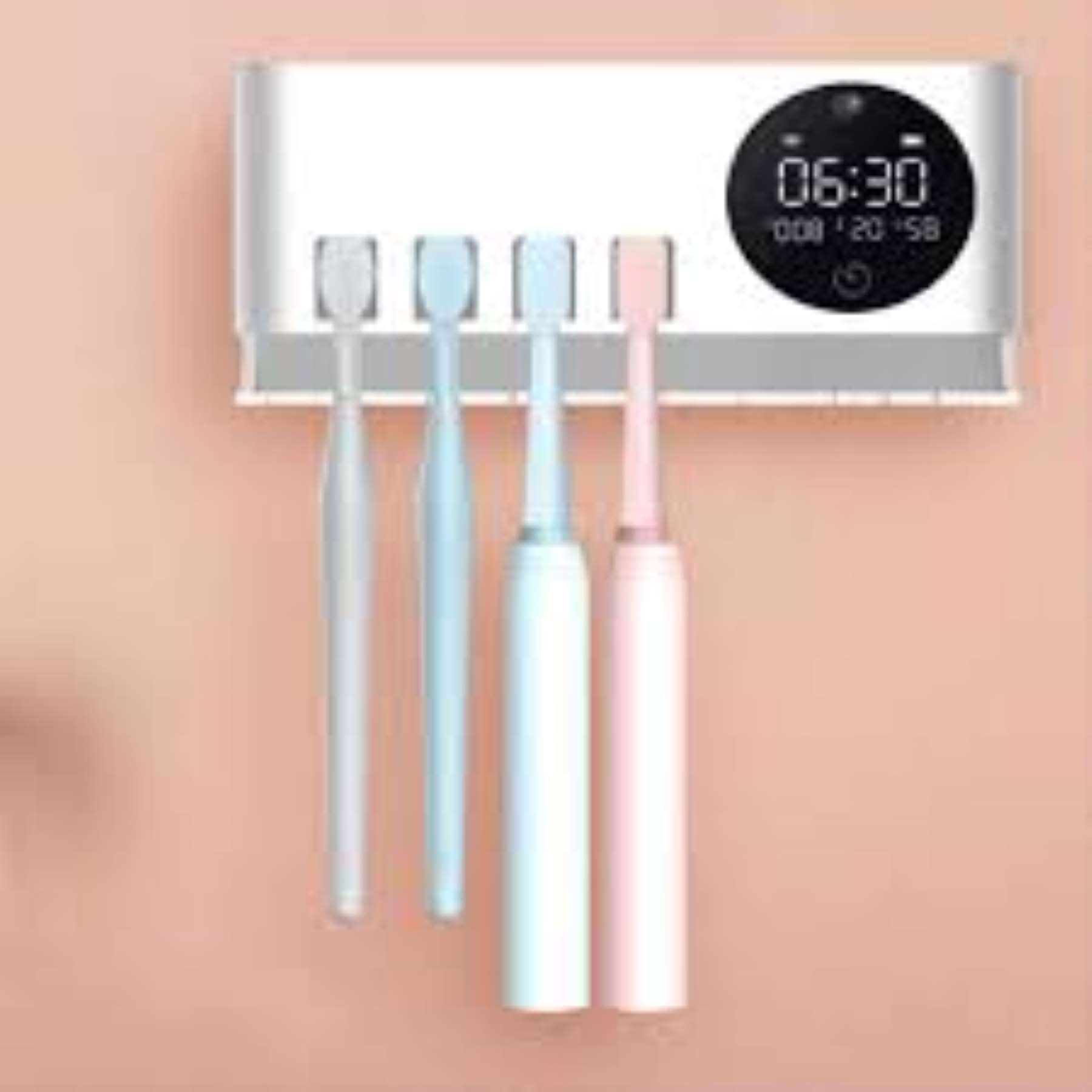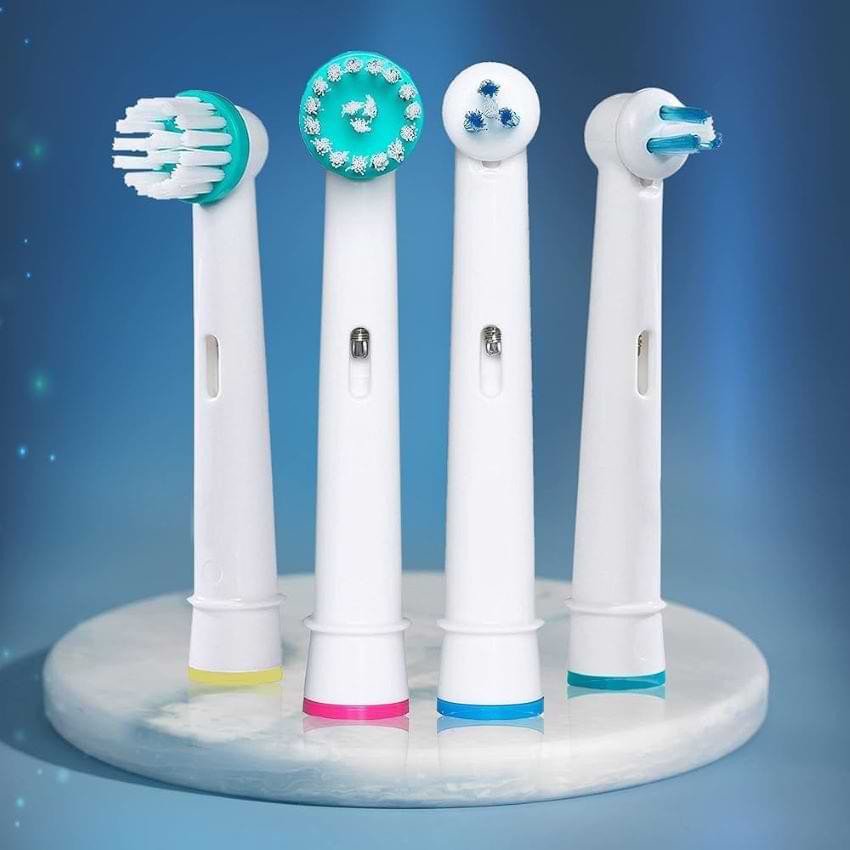We all know the importance of brushing our teeth regularly to maintain good oral hygiene. But did you know that your electric toothbrush and sanitizer, the very tool you rely on for cleanliness, could be harboring hidden germs? While electric toothbrushes are excellent for cleaning your teeth, they can also become breeding grounds for bacteria if not properly maintained.
Why Germs Thrive on Your Electric Toothbrush
Your mouth is home to millions of bacteria, and each time you brush, some of these bacteria are transferred to the bristles of your toothbrush. While some of these bacteria are harmless, others can lead to infections or illness, especially if your immune system is compromised. Moist environments, like your bathroom, create the perfect conditions for these germs to thrive. Without proper cleaning, your toothbrush could be accumulating harmful pathogens such as E. coli, staphylococcus, and even fungi.
Common Germs Found on Toothbrushes
To understand the importance of keeping your electric toothbrush clean, it helps to know which types of bacteria could be lurking on it:
- Streptococcus mutans: A common bacteria responsible for tooth decay.
- E. coli: A bacteria often found in fecal matter, which can contaminate toothbrushes through airborne particles.
- Staphylococcus: A bacteria that can lead to infections in the mouth and other parts of the body.
- Candida: A type of fungus that can grow in moist environments like your toothbrush bristles.
The Risks of Using a Germ-Filled Toothbrush
Over time, bacteria and germs can accumulate on your toothbrush and reintroduce themselves to your mouth every time you brush. This can lead to:
- Gum infections: A buildup of harmful bacteria can contribute to conditions like gingivitis or periodontal disease.
- Bad breath: Germs and bacteria on your toothbrush may contribute to persistent bad breath.
- Weakened immune response: For individuals with compromised immune systems, brushing with a contaminated toothbrush could lead to infections or exacerbate existing conditions.
How to Eliminate Germs on Your Electric Toothbrush
The good news is that there are several effective ways to reduce and eliminate germs from your electric toothbrush, ensuring a cleaner, healthier brushing experience.
1. Rinse Thoroughly After Each Use
Always rinse your toothbrush head thoroughly after each use. This helps remove any toothpaste residue and debris that could harbor bacteria. Use warm water to rinse both the bristles and the base of the head.
2. Allow Your Toothbrush to Air Dry
Moist environments encourage bacteria growth. To minimize this, let your toothbrush air dry between uses. Avoid storing it in closed containers, which can trap moisture, creating a breeding ground for germs.
3. Use a UV Toothbrush Sanitizer
A UV toothbrush sanitizer is one of the most effective ways to kill bacteria and germs. These sanitizers use ultraviolet light to eliminate up to 99.9% of harmful microorganisms from your toothbrush. Devices like the SonicPro UV Toothbrush Sanitizer provide a dual solution of deep cleaning with sonic vibrations and UV sterilization, ensuring your brush is germ-free after every use.
4. Replace Brush Heads Regularly
Electric toothbrush heads should be replaced every three months or sooner if the bristles are frayed. Old, worn bristles are less effective at cleaning and more likely to trap bacteria. Keep an eye on the condition of your toothbrush head and swap it out regularly.
5. Store Your Toothbrush Upright
After brushing, store your electric toothbrush upright to allow proper air circulation and drainage of water. This minimizes moisture buildup and reduces the chances of germ growth. If possible, store it away from the toilet to avoid contamination from airborne particles.
6. Avoid Sharing Toothbrushes
While this may seem obvious, it’s worth repeating—never share your toothbrush. Sharing toothbrushes increases the risk of transferring harmful bacteria and viruses, even between family members.
Conclusion
Your electric toothbrush is an essential tool for maintaining oral hygiene, but it’s also a potential hotspot for germs if not properly cared for. By taking a few simple precautions—such as using a UV sanitizer, replacing brush heads regularly, and allowing your brush to dry thoroughly—you can keep your toothbrush clean and free from harmful bacteria.
Investing in tools like the SonicPro UV Toothbrush Sanitizer is a small step that can make a big difference in the cleanliness of your oral care routine. After all, a clean toothbrush means a healthier mouth!





